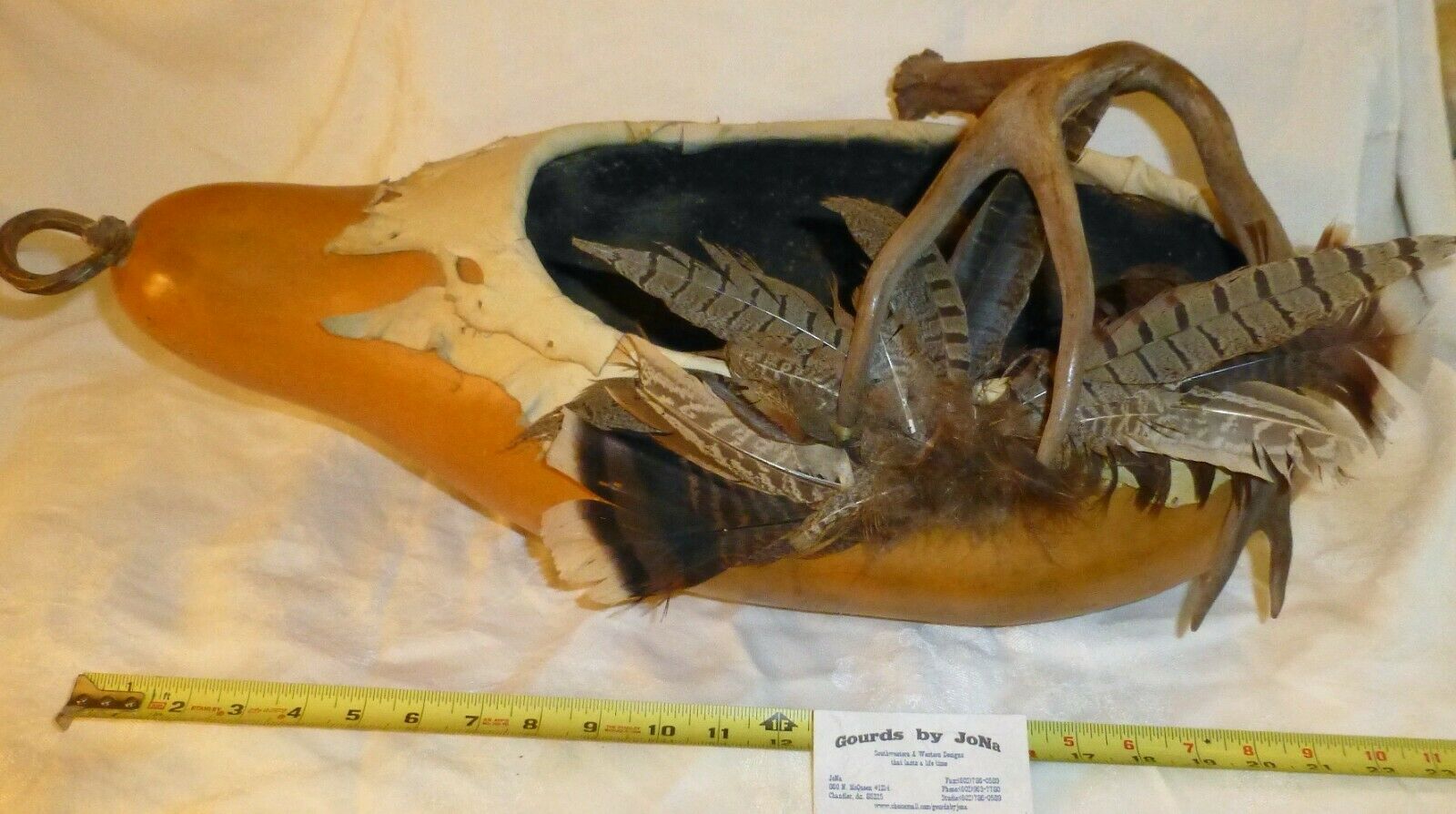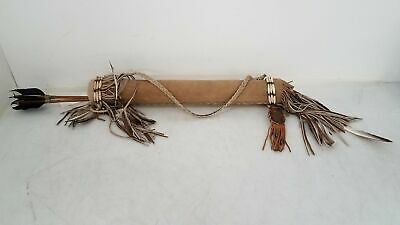-40%
Navajo Dye Chart by Judith Myers
$ 237.6
- Description
- Size Guide
Description
The Navajo Dye Chart was invented by the late Mable Burnside-Myers of Pine Springs, AZ. Her children assisted in creating the dye chart: Melvin Myers, Isabel Myers-Deschinny, Wilbur Myers, late Vera Myers and late James Myers, Jr. Currently, only Isabel Myers-Deschinny, Judith Myers and Mellisa Myers officially make the Navajo Dye Chart. (Source: Mark H. Deschinny)Some background on the use and types of dyes used in Navajo rugs:
There were only a few dyes used in the early Navajo blankets. Indigo dye was used some but was expensive and hard to make into a usable form. Natural yellow dyes were produced from the flowers of rabbit brush. Occasionally indigo and yellow dye was combined to make green dye.
Although the cochineal beetle was used to make red dye in the southwest for unknown reasons this capability was not known to the Navajo. Because red dye wasn't available to the them until the late 1800's weavers unraveled red yarns from pre-dyed trade cloth to use in their weaving.
In the first half of the 1900's traders began to encourage weavers to use plant based dyes again. The theory behind this was that Anglo-Americans would be more interested in rugs made with natural dyes. They also resulted in a softer look than is seen with the harsher synthetic dyes. This revival of use of vegetable dye was far different from early yarn dying. An effort was made to find a multiple plant sources resulting in a wide variety colors that are now used in Navajo rugs. Over 200 vegetal dyes are used today from a great variety of native plant sources including walnut hulls, rose hips, alder bark, onion skin, and many more. Leaves, stems, flowers, berries, roots and nuts were all considered possibilities for dye.
Over the years the Navajo developed a tapestry weave which has been their dominant weaving technique for over 200 years. In this form of weaving the weft is loosely placed then packed down tightly with the fork resulting in a textile in which the warp is not visible. The fork functions like a weaving comb but has a long handle. The fineness of the weave can vary dramatically from course to extremely fine. The weaving is done in sections measured by the weavers reach. This means the color of the yarn used must be changed frequently. On a large rug you might be able to discern where the weaver ended each section." (Source: Navajo Weaving: Yesterday and Todayby Judy Breneman)



















